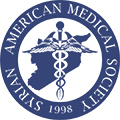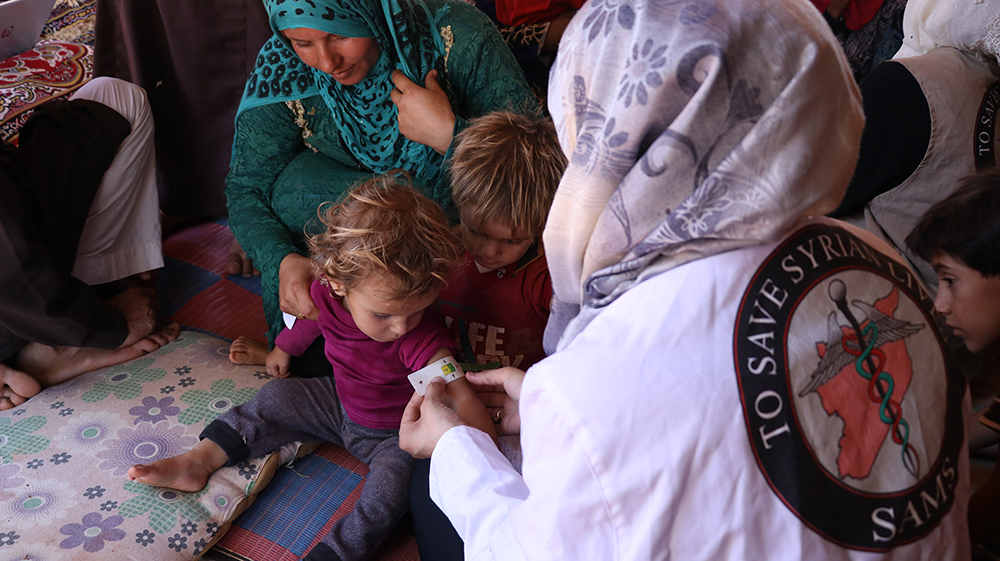The healthcare system in Syria has been decimated by the targeting of healthcare personnel, and the destruction of healthcare facilities, pharmaceutical factories, and the public health infrastructure. In addition, large-scale displacement of the population and contamination of water resources have further compromised healthcare. Benchmarks for access to safe and affordable healthcare, vaccination rates, neonatal care, maternal health, and women’s healthcare have all plummeted. The World Health Organization (WHO) has confirmed the resurgence of once-extinct infectious diseases like polio and leishmaniasis, as well as the emergence of measles, typhoid, hepatitis, H1N1, and tuberculosis epidemics.
SAMS has estimated that AT LEAST 200,000 citizens have died due to non-communicable chronic diseases (NCD). Many more have died due to untreated cancer, poor access to treatment, and renal failure due to non-existent access to dialysis centers. At least 600,000 Syrians have sustained 10 lifelong disabilities, including amputation, spinal cord paralysis, burns, brain damage, and loss of eyesight. Many injuries have been caused by shrapnel, sniper bullets, and indiscriminate bombing with a variety of prohibited weapons. Millions of people, especially children, have sustained deep psychological scarring and post-traumatic stress disorder (PTSD).
SAMS and other Syrian Diaspora non-government organizations (NGOs) are struggling to provide lifesaving medical and humanitarian relief based on needs assessment. We target populations that are inaccessible to UN agencies and other official means of aid. SAMS has put a priority on addressing the needs of patients and healthcare workers inside Syria and in neighboring countries. We strive to abide by the humanitarian principles of medical neutrality, impartiality, and independence, and we follow the best practices of humanitarian and nonprofit operations.
Read our 2014 annual report here.
Also, the Arabic version of the report is available here.

